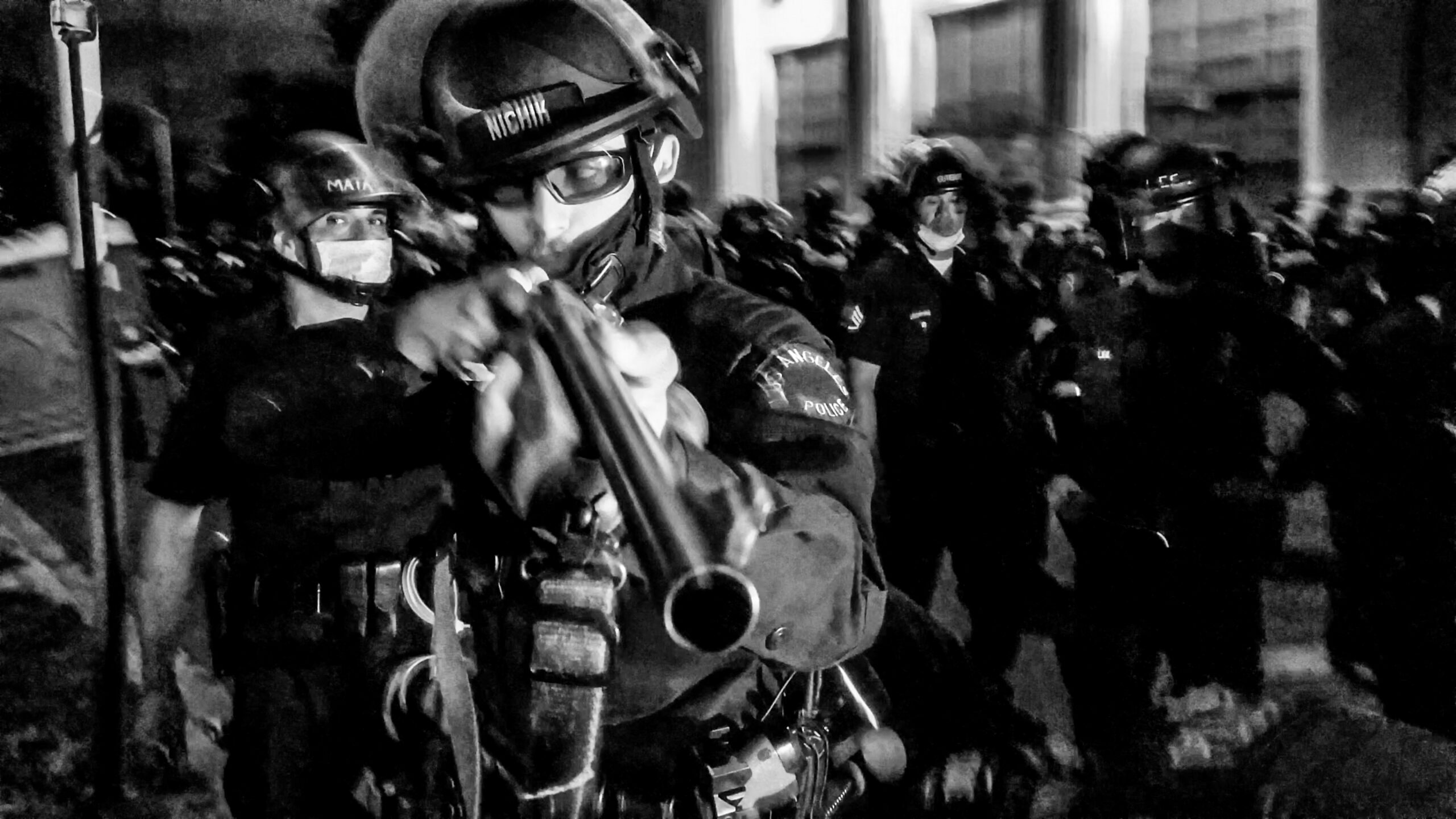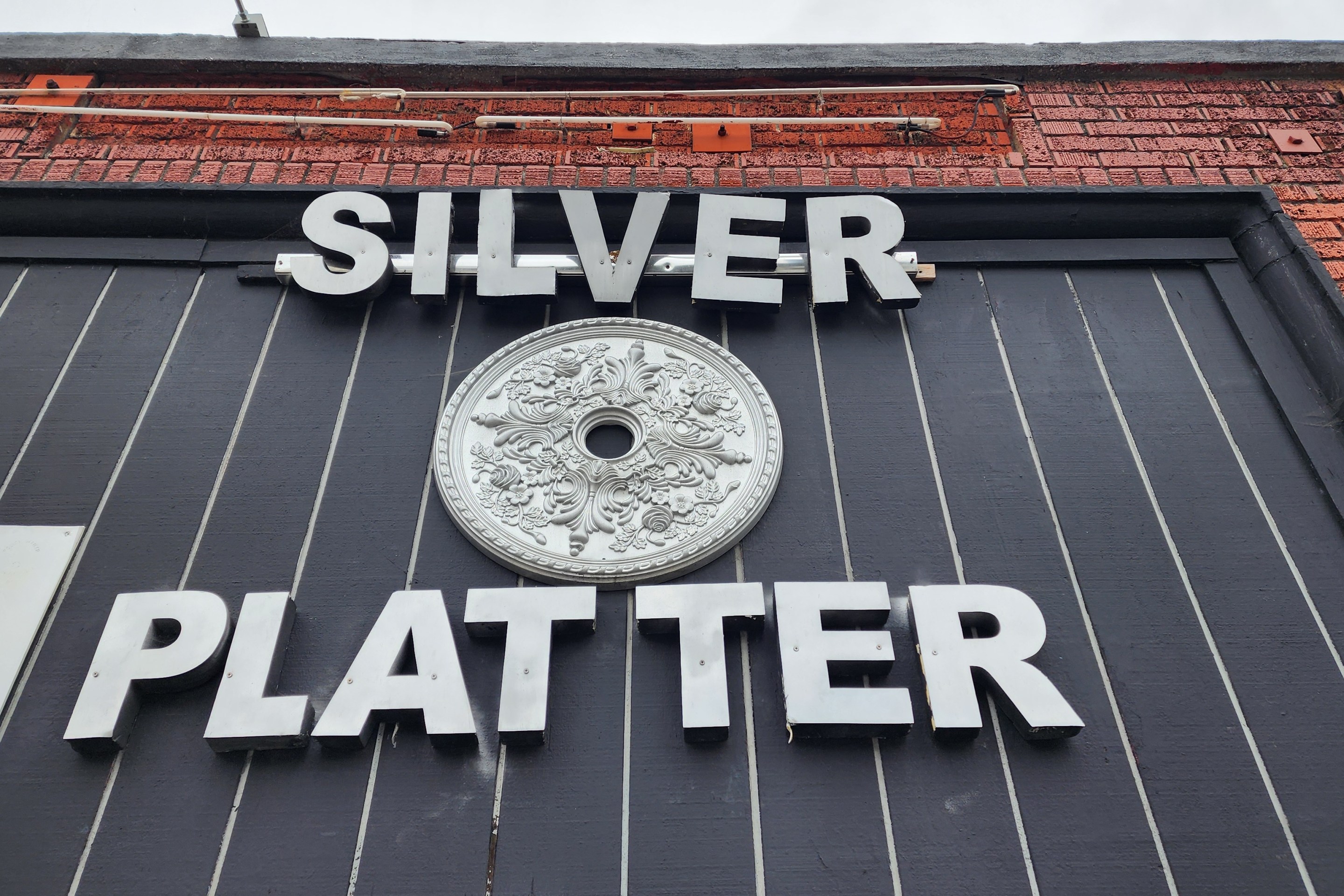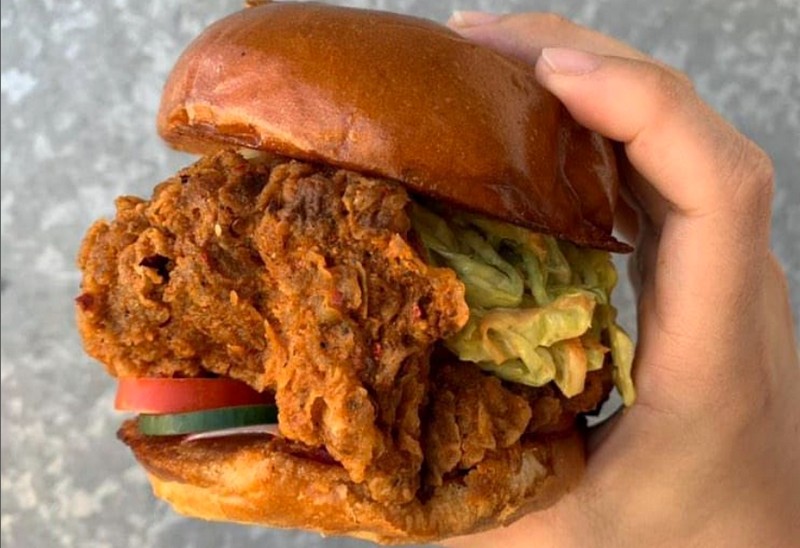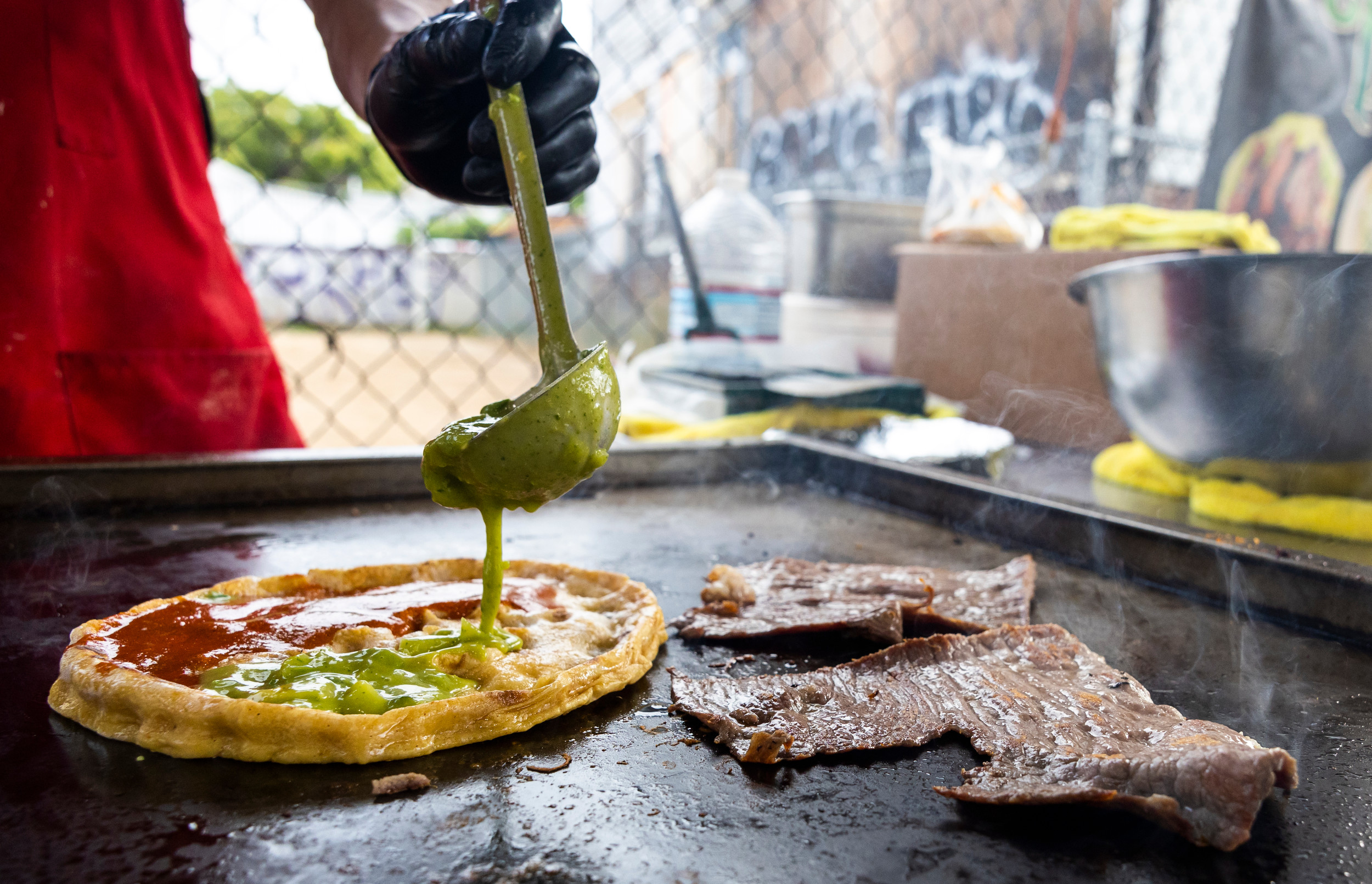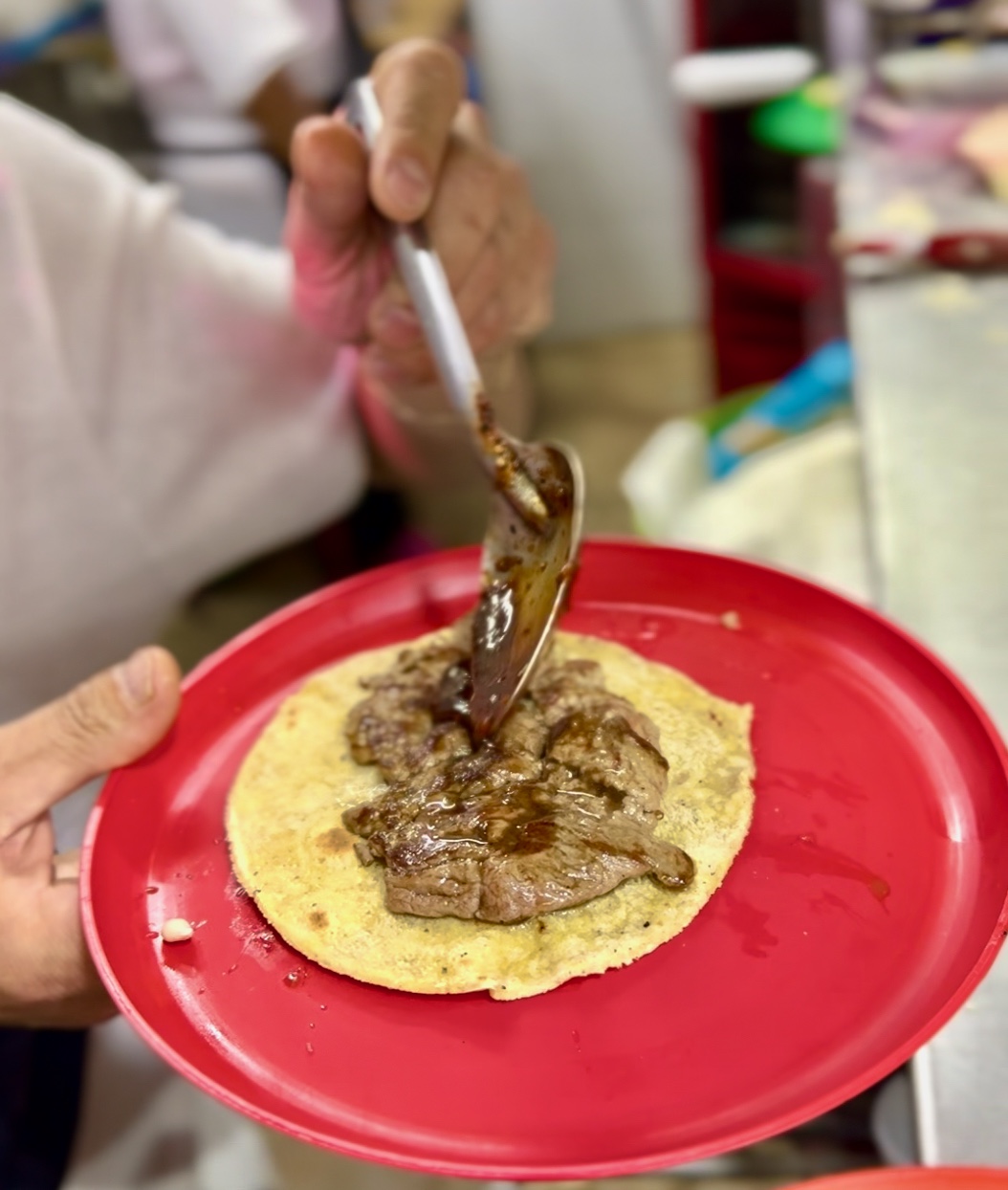L.A. TACO is currently on its biggest mission yet: to create a food guide for every single neighborhood in Los Angeles! Along the way, we will also be releasing brief histories of each neighborhood to understand L.A.’s past and present a little more, all the while celebrating how each and every square inch helps make our fine city the best in the world. Today we’re taking a look at Pomona.
Since at least AD 1150, what we call San Fernando today has existed on land once ruled by Gabrielino-Tongva and Tataviam natives, in the area known to them as “Achooykomenga,” which translates to "people facing the sun."
San Fernando is both the namesake and birthplace of the modern San Fernando Valley, as well as its oldest city, with some of the deepest history in the region. The 2.37-square-mile city is nicknamed "The Mission City," due to its proximity to the Mission San Fernando Rey de España, built in 1797 on the site of the Achooykomenga settlement, in modern-day Mission Hills.
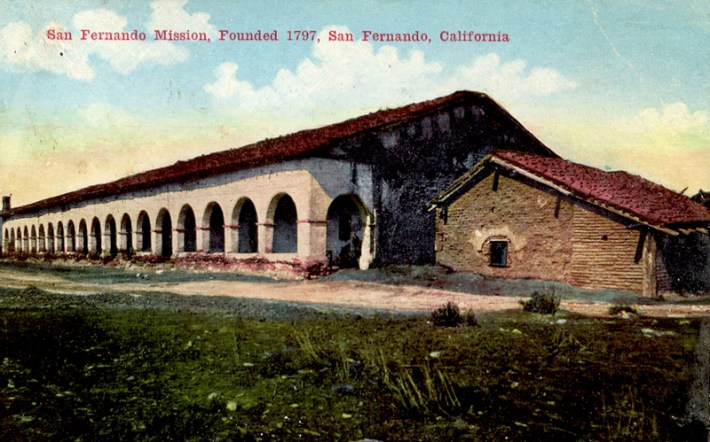
The city of San Fernando was technically 'founded' by George Maclay, a Methodist minister, abolitionist, assemblyman, and flip-flopping California state senator from 1867-1872 who had made a name for himself defending Native-American-killer, slavery-advocate (and seventh President of the U.S.) Andrew Jackson following the assassination of President Abraham Lincoln in San Jose. His nephew was one of the founders of U.S.C.
In 1874, Maclay purchased 56,000 acres of the upper half of Rancho San Fernando for $117,500 with a loan from his homie, former California governor and future state senator Leland Stanford. The land belonged to prominent Californio, and Mexican-American war, and U.S. Civil War veteran Andres Pico (brother to Pio Pico) and Spaniard Elogio F. de Celis, who were losing the land to foreclosure.
Maclay's vision of a city of subdivided 25'x100' lots, sold for $10-$50, which sounded a little fucking insane to some people, would eventually prove prescient, coinciding with Southern California’s land boom during the 1870s and the Southern Pacific Railroad’s construction of a rail line to San Fernando in 1874, connecting it to Northern California. The California Immigrant Union published a circular that boasted, "The soil of the Maclay San Fernando Ranch is without exception the richest on the Southern Coast." San Fernando had thus been established as an important junction and travel hub, as development flourished.
Maclay died of an incurable disease, in pain for years, in 1890 at the age of 67 after using his fortune to build the three-story Maclay School of Theology. He is widely said to have displaced and illegally ejected the remaining Tataviam natives from this land of Achooykomenga. The powerful and rich Anglo had help from sheriff's deputies, who in one reported case, forcibly removed Maria Rocha, the 80-year-old wife of Native artisan Rogerio Rocha, putting her out in street as it rained, which later led to her death. Members of the Fernandeño Tataviam Band of Mission Indians, descendants of the displaced Tataviam, are still fighting to rename Maclay Avenue.
San Fernando is proudly independent and was incorporated in 1911, even as the rest of the San Fernando Valley was annexed into Los Angeles. This is because San Fernando's abundant groundwater supplies save it from being dependent on the L.A. aqueduct like the majority of L.A. communities. San Fernando at one point even tried to extend its limits to Sylmar, Mission Hills, and Pacoima.
Originally part of the San Fernando Mission lands, the Griffith Ranch was purchased by legendary Hollywood director D. W. Griffith, the pioneer of silent motion pictures and revolutionary film technique who made 518 films between 1908 and 1931. This ranch provided the location for many of his western thrillers, including Custer's Last Stand and the racist Birth of a Nation, which champions the Ku Klux Klan, yet is still considered one of his greatest films. The ranch was purchased by Fritz B. Burns who kept the Griffith name attached and is one of the first people to bring fake-snow to a Southern California mall, at his Panorama City shopping center.
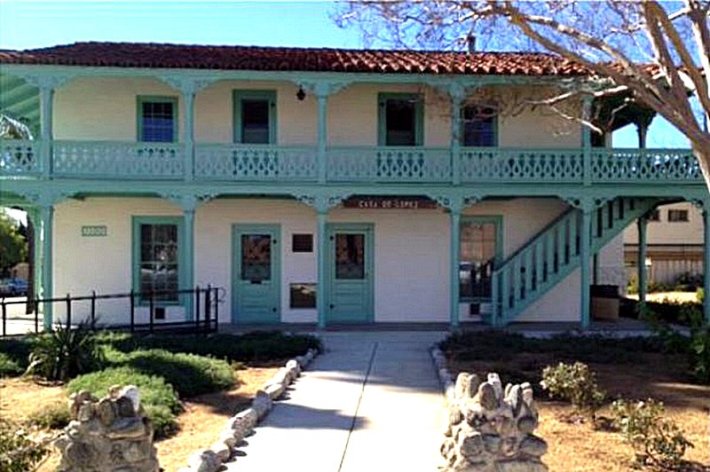
The Lopez Adobe, considered the city’s oldest standing building, was the first two-story adobe residential structure in the San Fernando Valley. Built by Valentin Lopez in 1882, the house was primarily used by his sister Catalina and her husband, Geronimo Lopez. The Lopez family was prominent in the area, known for establishing the Valley’s first post office and English-speaking school, among their achievements. Members of the family continued to live in adobe until 1961. Ten years later, the city purchased it, restored it, and today you can still visit The Lopez Adobe Museum at 1100 Pico Street to get a glimpse of the elite's 19th-century style of living in the city.
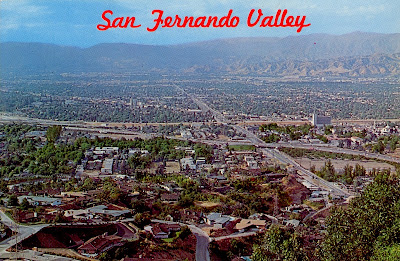
San Fernando is worth exploring for its historical architecture and sometimes hidden monuments to days gone by. Even the commercial strip known as the San Fernando Mall is historic, a community gathering place dating back to at least 1910 before the city was incorporated into L.A. The once-grand San Fernando Veteran's Center, on land that is now Sylmar but was once San Fernando, was reduced to rubble in the 1971 earthquake, a 6.5 temblor that killed dozens and caused the evacuation of 80,000 people when the Van Norman reservoir's lower dam almost collapsed.
L.A. In a Minute (Evan Lovett) contributed to this history report.

